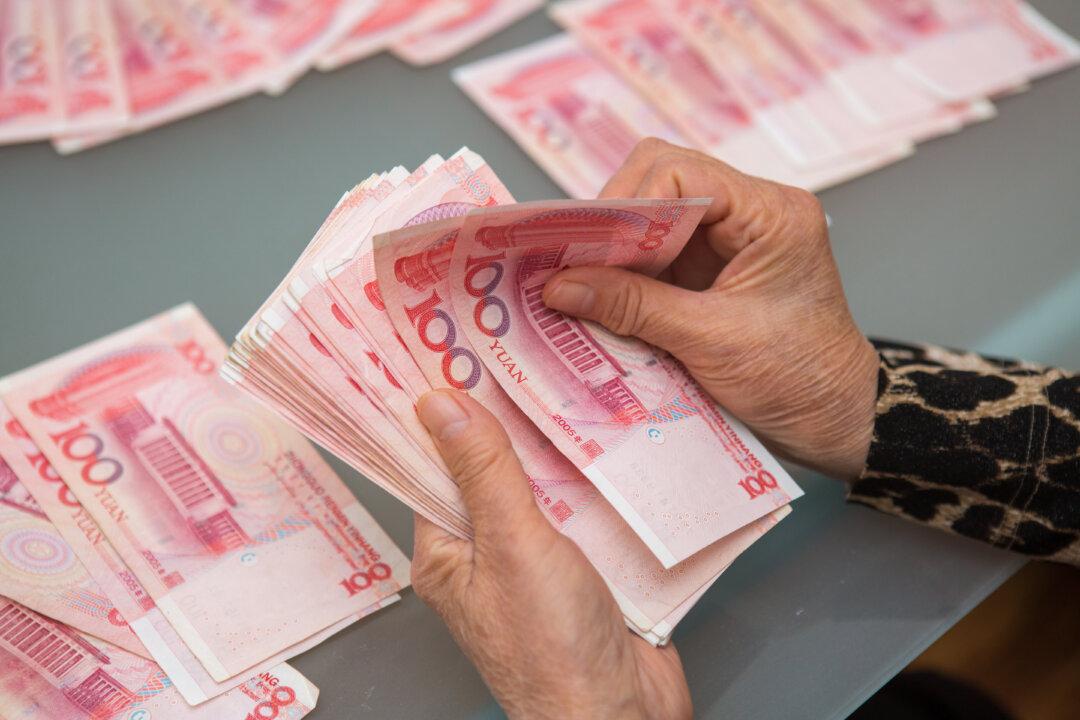China’s Ministry of Finance has thrown its official weight behind the People’s Bank of China (PBOC) practice of buying and selling treasury bonds on the secondary market. The move last month was widely interpreted as signaling a significant shift in China’s monetary policy. It sparked widespread discussion, along with speculation that China is implementing its version of quantitative easing.
Analysts believe that the PBOC’s direct entry into the bond market implies a shift in the yuan’s anchor from the dollar to government bonds, effectively legalizing money printing activities that were previously considered irregular. This could lead to increased yuan issuance, raising concerns about unchecked government debt and the potential for severe inflation.




